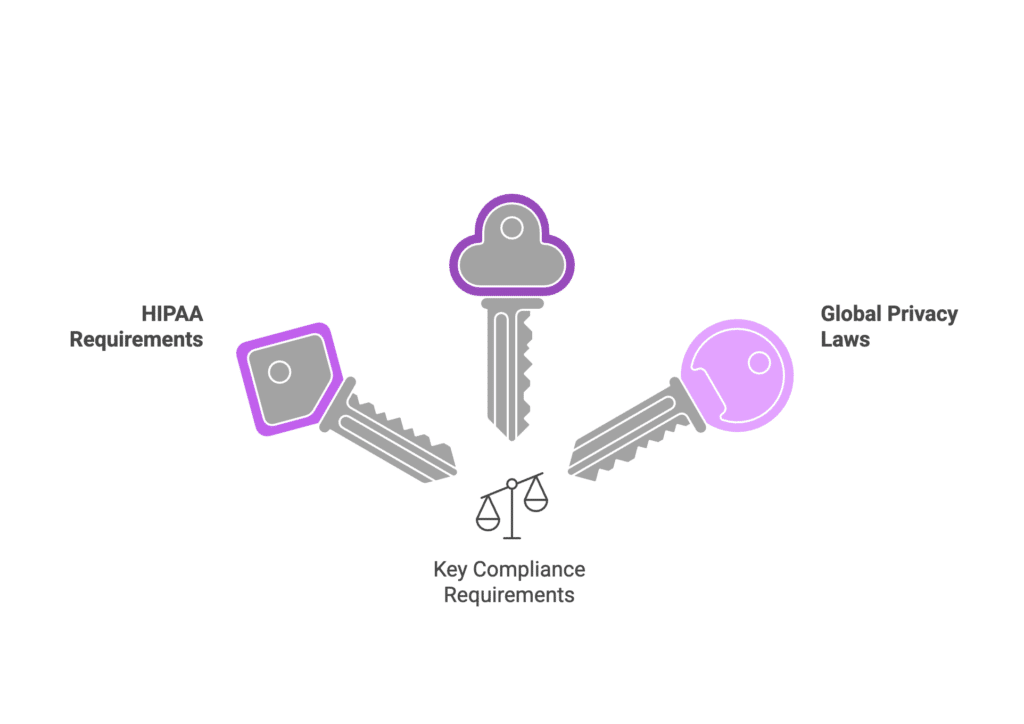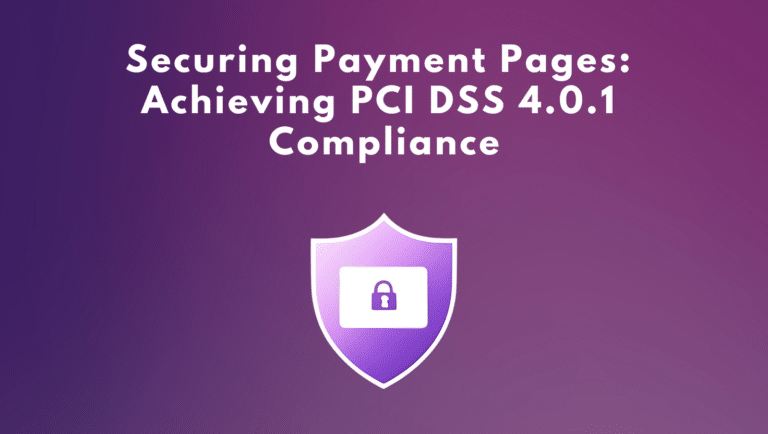Introduction
Healthcare organizations managing multiple websites must protect Protected Health Information (PHI) while complying with HIPAA, HHS regulations, state laws, and global privacy requirements. Feroot DataShield AI provides automated monitoring and protection across distributed healthcare web environments.
Key Compliance Requirements

HIPAA Requirements
- Protection of PHI, PII and sensitive personal health information in electronic forms
- Access controls and audit trails
- Breach notification procedures
- Security risk assessments
State Privacy Laws
- California (CCPA/CPRA)
- Washington (MHMD)
- Virginia (VCDPA)
- Colorado (CPA)
- Other state-specific requirements
Global Privacy Laws
- GDPR compliance for international patients
- Country-specific healthcare data regulations
- Cross-border data transfer requirements
Feroot Health DataShield AI Implementation
Initial Setup
- Discovery of web pages subject to compliance
- Automated scanning of all websites on all domains and subdomains
- Identification of data asset collection points (PHI, PII and sensitive personal health information in electronic forms and as a text on web pages)
- Discovery of search query fields
- Discovery of webpages the deal with the medical conditions and other sensitive topics
- Documentation of data flows
- Risk assessment baseline
- Policy Configuration
- Custom privacy rules
- Regional compliance settings
- Data collection parameters
- Access control policies
Core Features
Automated PHI Protection
- Real-time scanning for exposed PHI and other data assets
- Form field analysis and classification
- Data flow monitoring
- Automated remediation
Compliance Monitoring
- Continuous regulatory compliance checks
- Multi-jurisdiction rule enforcement
- Automated violation alerts
- Compliance reporting
- Discovery of all data processors that require Business Associate Agreements (BAA), DPA’s and other data sharing agreements
Risk Management
- Third-party script monitoring
- Data access tracking
- Vulnerability detection
- Security control validation
Implementation Strategy
Phase 1: Assessment
- Document website inventory
- Map data collection points
- Identify compliance gaps
- Define security requirements
Phase 2: Deployment
- Initiate Health DataShield monitoring
- Configure policy rules
- Establish baselines
- Enable alerts
Phase 3: Ongoing Management
- Monitor compliance status
- Review security events
- Update controls
- Maintain documentation
Schedule a Demo
Automate HIPAA Website Compliance in Minutes with Feroot HealthData Shield.
Discover all tracking technologies, uncover compliance gaps and potential risks.
Best Practices
Data Protection
- Encrypt sensitive information
- Implement access controls
- Monitor data transfers
- Regular security testing
Documentation
- Maintain compliance records
- Document security controls
- Update privacy policies
- Record incidents
Incident Response
- Define response procedures
- Establish notification protocols
- Coordinate with legal teams
- Document all actions
Benefits of Feroot Health DataShield AI

- Automated compliance monitoring
- Real-time PHI protection
- Multi-jurisdiction compliance
- Simplified audit processes
- Reduced manual oversight
- Consistent security controls
Conclusion
Feroot Health DataShield AI enables healthcare organizations to:
- Maintain continuous compliance
- Protect patient information
- Streamline regulatory adherence
- Demonstrate due diligence
- Reduce compliance costs
- Minimize breach risks
This comprehensive solution helps organizations navigate complex healthcare privacy requirements while ensuring consistent protection of patient information across all web properties.


